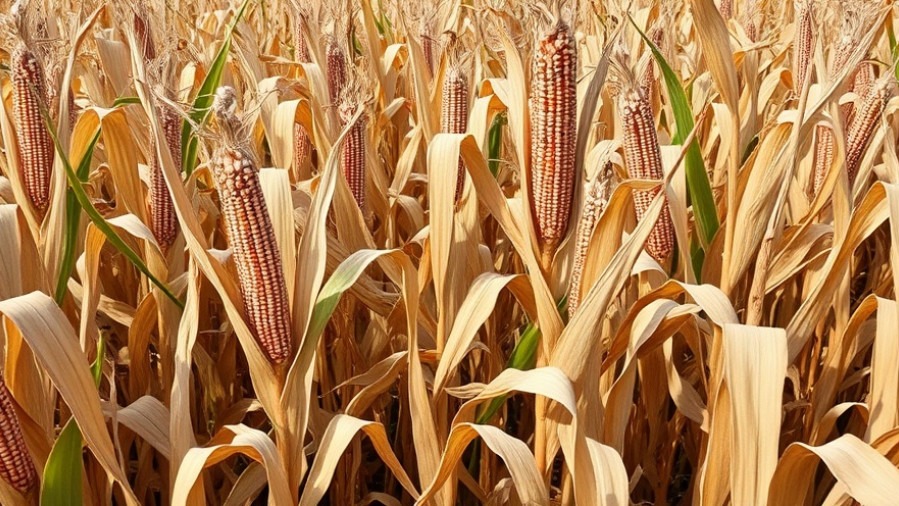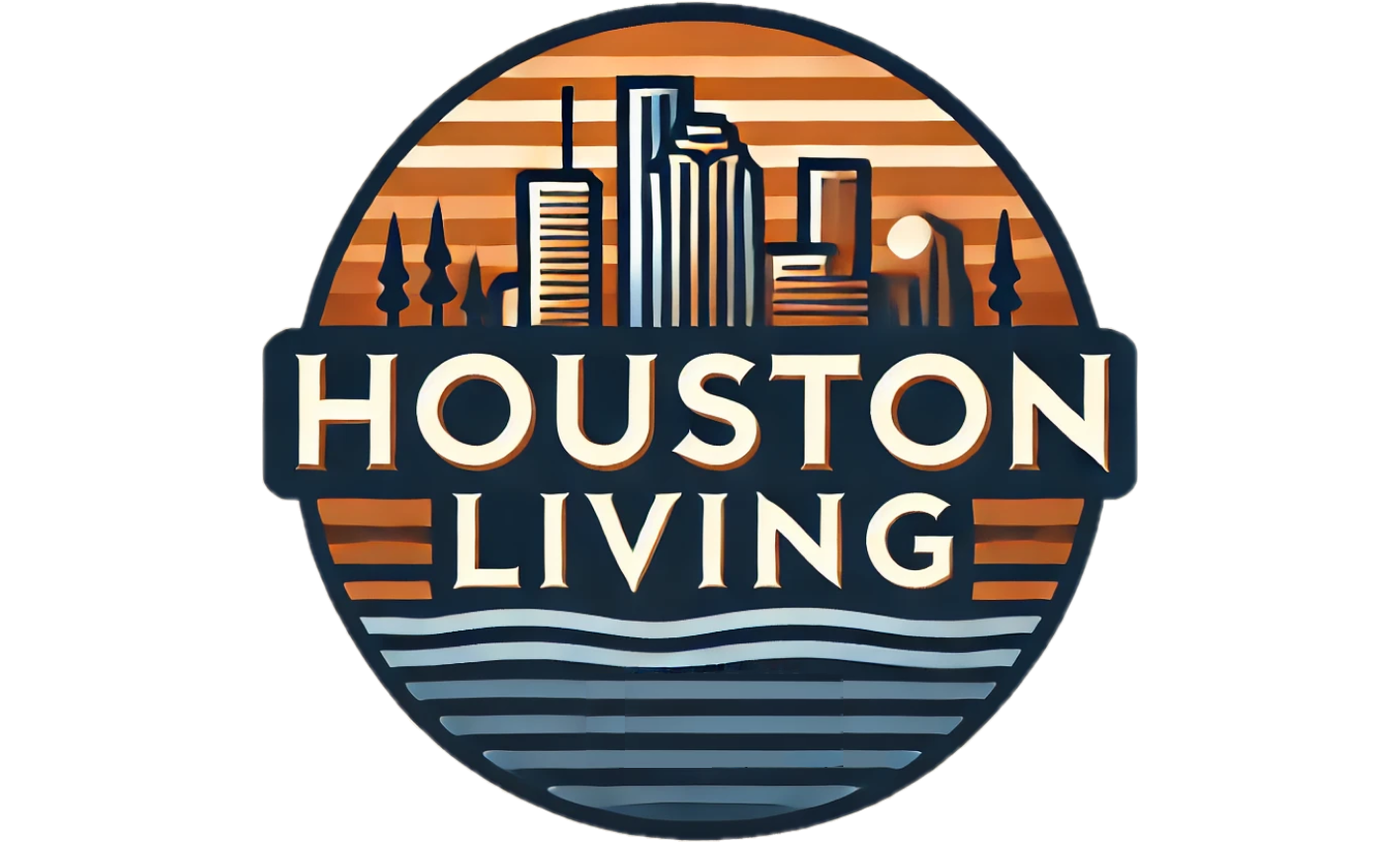
Understanding the Impact of Drought on Southeast Texas
As Southeast Texas swelters under severe drought conditions, numerous counties have taken the prudent step of imposing burn bans to mitigate the risk of wildfires. The climatic situation has reached worrying levels, prompting judges and local authorities to declare burn prohibitions across multiple regions in an effort to safeguard public safety and prevent potential disasters.
Drought Conditions Trigger Burn Bans Across Multiple Counties
On October 16, it was announced that Harris County may soon join a growing list of municipalities under burn bans. Already, counties such as Fort Bend, Montgomery, Waller, and Liberty are enforcing strict prohibitions against outdoor burning activities, including campfires and trash burning, as they grapple with the dire effects of prolonged dry conditions.
Montgomery County Judge Mark Keough emphasized the severity of the situation, citing high temperatures and low humidity among contributing factors. He, alongside other county officials, has stressed the importance of these bans in preserving lives, property, and natural resources.
Local Governments Responding to Immediate Needs
The collaboration of various county officials in declaring these bans reflects a community-focused approach towards emergency management. The Waller County Fire Marshal’s Office actively urged residents to stop all outdoor burning, with officials pointing to the high drought index as a decisive factor that necessitated these measures. Similarly, Liberty County Judge Jay Knight's local disaster declaration underlined the absence of rain in the upcoming forecast, creating an urgent need for intervention.
Matagorda and Chambers Counties have also joined in this proactive approach, with local officials making appeals for compliance to ensure public safety and improve air quality. The coordinated response from different counties underscores not only regional cooperation but also a recognition of the heightened fire risk in the area.
The Bigger Picture: Why This Matters
This widespread enforcement of burn bans in Southeast Texas goes beyond merely prohibiting outdoor burning. It serves as a stark reminder of the underlying climate crisis affecting ecosystems across the nation, connecting residents to broader national debates surrounding climate change and resource management. The fire risks are a direct consequence of environmental patterns that demand attention and action.
Additionally, as wildfires grow larger and hotter, volunteer firefighting forces find themselves strained with increasing callouts. The situation places not only physical, but also mental pressures on these essential community responders, leading to a cycle of fatigue that can compromise public safety. Judge Mark Allen of Jasper County voiced concerns about how fatigue can lead to mistakes during firefighting responses—a reality that adds weight to the need for managing burning practices across all counties.
Current Trends and Future Outlook
Looking ahead, the situation calls for immediate awareness and accountability. Residents should be informed about the ongoing drought and its implications on outdoor activities, reinforcing a culture of environmental stewardship in combating fire risks. Understanding the necessity for burn bans during such severe conditions is essential for maintaining community safety and promoting responsible behavior.
The persistence of drought conditions may hinder rain forecasts for weeks, suggesting that these bans could remain in place for considerable time. Communities will need to adopt more comprehensive water conservation measures and engage in proactive planning to navigate this environmental challenge.
Stay Informed and Take Action
As Southeast Texas residents assess the changing landscape and abide by burn bans, it is important to stay informed about the conditions influencing these emergency measures. Individuals and communities should engage with local authorities and environmental services to better understand the situation and participate in ensuring safety during these dry periods.
As we witness the ongoing drought's effects, advocacy for sustainable practices can help mitigate future crises. You can contribute to these efforts by advocating for responsible land and water use within your community and staying updated on official guidelines related to outdoor burning.
 Add Element
Add Element  Add Row
Add Row 



Write A Comment